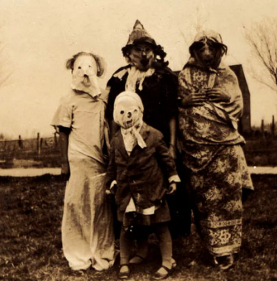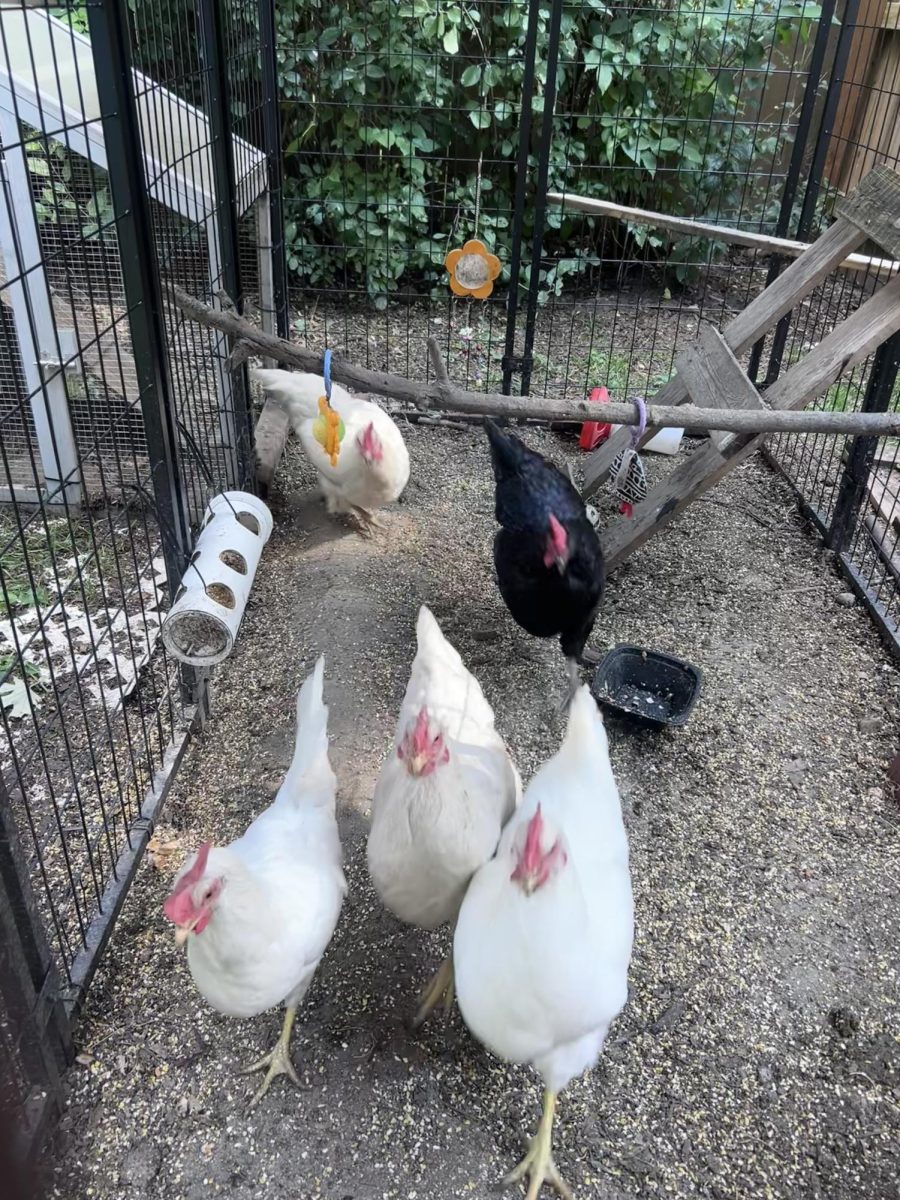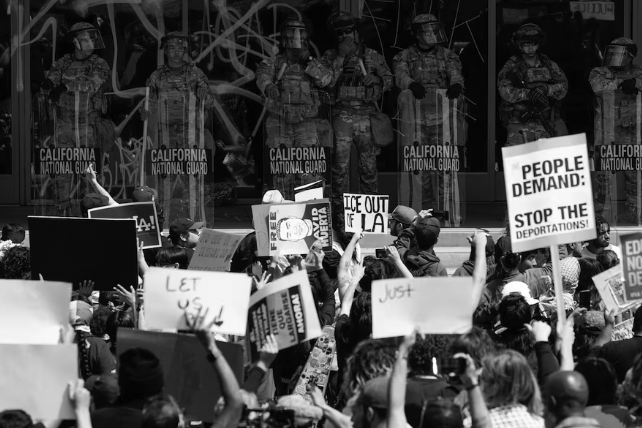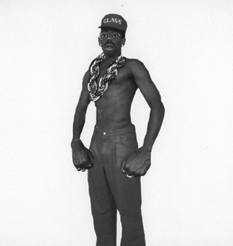…And no. The answer is much more complicated than you think.
For the uninitiated, Stephanie Meyer published the first “Twilight” novel on Oct. 5, 2005. The novel went on to be a New York Times bestseller and became the foundation for one of the most popular multimedia franchises out there.
While this series might come off as corny now, you have to imagine how groundbreaking “The Twilight Saga” was as a concept. The idea of subverting the light and fluffy image of the romance genre and adding darker, horror-themed elements was probably such a massive risk for Meyer and her publisher. Luckily, (or perhaps unluckily depending on your perspective) it was a risk that paid off massively.
Along with Meyer’s recent announcement of two new unnamed novels, a “Twilight” TV series is currently in development. “Twilight” fever is still in full force and it is not going anywhere anytime soon.
“The Twilight Saga” has won multiple awards, garnered a fanbase of thousands, and has been praised as a young adult classic in the same breath as “Harry Potter” and “The Hunger Games”.
It has also been criticized immensely for its flat characters, poor representation and glorification—almost sexualization—of unhealthy relationships. There’s a reason why the phrase “still a better love story than Twilight” has been used online since 2011. It has become such a custom to hate on Twilight that defending it is seen as a wild take.
Yet, here I am. Defending it… Kinda.
Yes, Bella Swan has the collective personality of a wet dish rag. Yes, Edward Cullen is one of the worst love interests ever put to paper. Yes, the logistics and legality of a 100-year-old—albeit one that’s stuck in the body of a 17-year-old—dating a teenage girl is incredibly murky. And yes, the glamorization of toxic relationships could send a dangerous message to the young impressionable girls this series appeals to. There are plenty of valid criticisms towards the “Twilight” franchise
But there are also plenty of biases against “Twilight” that make it difficult to criticize objectively. Similar to how comparing someone to Einstein is the same as calling them intelligent, simply comparing something to “Twilight” is the same as calling it bad. The ones who scream and shout the loudest against this franchise typically have never experienced it in any way.
I am a firm believer that all art has value, even art that is objectively flawed. By watching all of the “Twilight” movies, I wanted to search underneath the flaws and biases and find the hidden value of “The Twilight Saga”. Almost 10 hours of straight melodramatic supernatural teenage drama later, I have to say that I understand why this series has such a large following.
It may just be the former wannabe emo in me, but the soundtrack to these movies slap way harder than I remember. Songs from Paramore, Muse, Linkin Park, and no one can forget Christina Perri’s “A Thousand Years”, which basically defined fandom throughout the 2010’s.
I rewatched Kristen Stewart, Robert Pattinson and Taylor Lautner as Bella Swan, Edward Cullen and Jacob Black, expecting to defend their acting in this series. Sadly, I have to admit defeat and because their performances here are as wooden as a carpenter’s art portfolio. No matter how much I may defend this franchise, I will never forgive it for making people believe Stewart and Pattinson were bad actors for an entire decade.
Twilight’s value as a romance story may be questionable, but the series’s value as a horror story is surprisingly strong. Many scenes in the movie shocked me with how unnerving and violent they can become. Whether it be the final battle between the Cullens and the main antagonist of the first film, The labor scene in Breaking Dawn Part 1, or the entire imaginary battle in Breaking Dawn Part 2. If you’re wondering what to marathon for next Halloween, you should consider giving the Twilight series a watch.
That brings us back to the question: were we too harsh on “The Twilight Saga”?
As a romance series, I would say no. There are too many legitimate criticisms of this franchise for me to comfortably recommend it as an example of good storytelling or a proper representation of “true love”.
But as a campy relic of late 2000’s-early 2010’s emo culture with a horror edge, I’d say that “Twilight” has value that allows it to stand the test of time.








